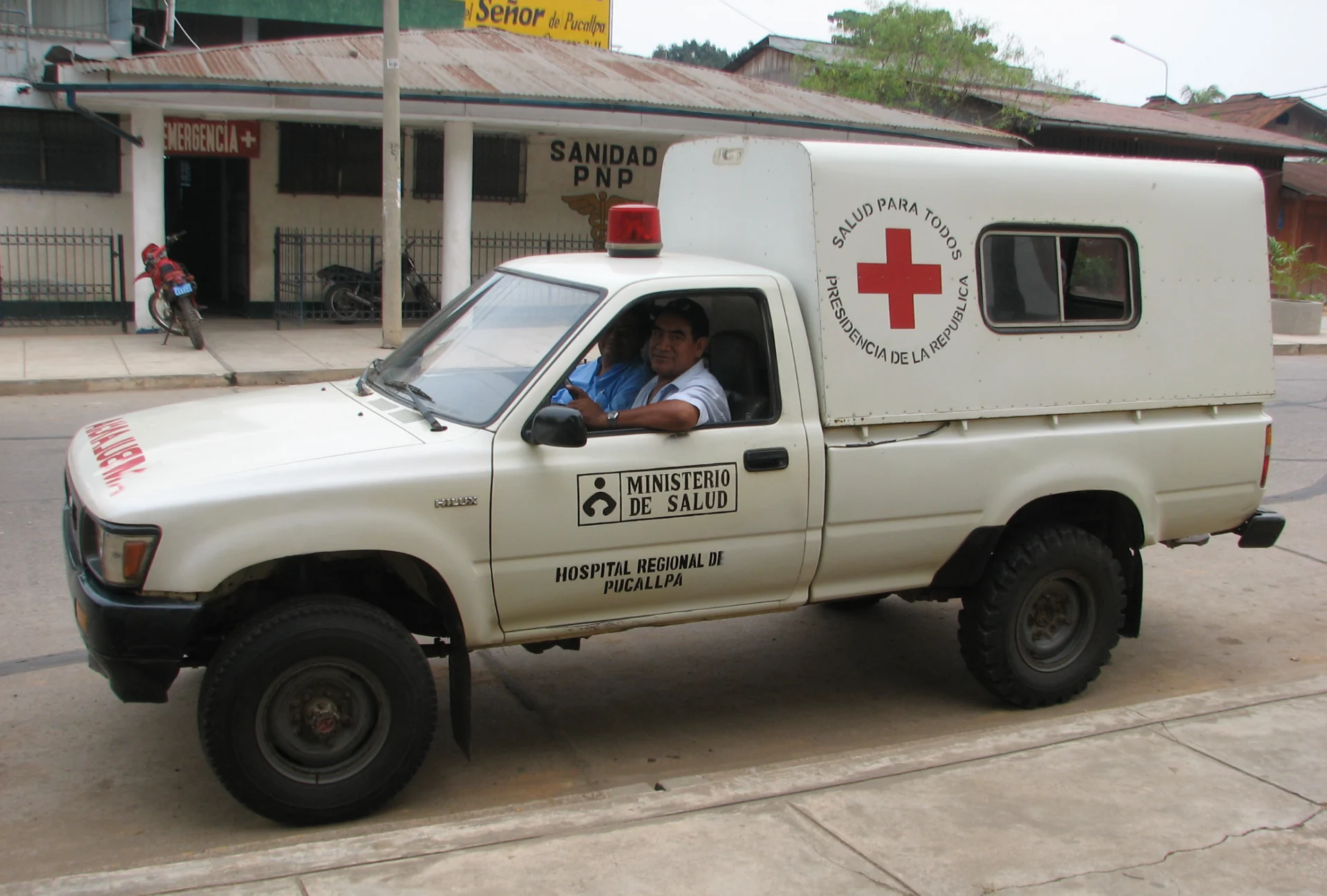Contrary to the trend until the end of the 20th century, the last two decades have seen a significant concentration of wealth in the hands of a few, making Latin America and the Caribbean (LAC) the most inequitable region on the planet. This has enormous implications for the health and well-being of the majority of its inhabitants.
Concentration and inequity
In LAC, the fortunes of the two richest men have grown by 70% since the start of the pandemic and are equivalent to the combined wealth of the poorest half of the region, some 334 million people, according to Oxfam’s recent Econuestra report. For example, the wealth of Mexican businessman Carlos Slim (which exceeds 100 billion dollars) doubles the annual investment in health in Mexico. This concentration is not a coincidence, but rather the result of close collaboration between economic and political power in countries in the region.
In countries such as Ecuador, governments have been taking steps to institutionalize private interests in health and nutrition policy, allowing them to promote their brands and dictate the country’s child malnutrition strategy. The government of Daniel Noboa (heir to Alvaro Noboa’s business empire, with a fortune estimated at more than 900 million dollars), has decided to strengthen this structure. In May of this year, his party presented a bill that promotes tax benefits to private entities that present projects related to child malnutrition.
Economic inequity implies health inequity
From the perspective of social determinants of health, the fact that political and economic power structures monopolize the distribution (or in the case of LAC, the concentration) of resources has a significant impact on the health (or disease) of the population. The control of resources by political and economic elites means that a large part of the Latin American and Caribbean population does not participate in decision-making on health policies and programs and cannot demand true accountability for the benefits for the population.
In epidemiological terms, the region faces a complex scenario in which it must confront the growing presence of noncommunicable diseases (NCDs). It is estimated that cardiovascular diseases and cancers cause more than 82% of all deaths (compared to 10% for communicable diseases and 8% for injuries). In addition, risk factors such as overweight and obesity have expanded in the region, where more than half of adult men (53%) and women (61%) are overweight. A study in five countries in the region found that NCD mortality rates were highest in low-income countries, such as Nicaragua and Honduras.
In an inequitable context, it is not surprising that the population with the least wealth suffers the most serious consequences. UNICEF estimates that five million children in LAC suffer from child food poverty (inability to obtain and consume a nutritious and varied diet in early childhood). The infant mortality rate in LAC is four times higher than in high-income countries. Another recent study shows that in countries such as Bolivia, Guatemala, Colombia and Paraguay, infant mortality is three to five times higher in households in the lowest wealth quintile compared to households in the highest quintile.
Health is more than the provision of medical services
For decades, public health researchers in LAC have documented health inequities. However, with few exceptions, efforts in the region have not yet been able to translate this evidence into establishing principles of equity in health policies and programs at the national and regional levels. On the contrary, initiatives such as primary health care or universal coverage are largely based on a biomedical care model (more curative than health promotion or disease prevention). In this context, it is not surprising that LAC is considered one of the regions of the world with a robust “hospital market” with more than 20,000 hospitals.
Although the hospital system is “robust,” health budgets in the region are burdened by predictable demands, such as lack of clean water and sanitation, leading to the persistence of vector-borne diseases (such as dengue or Chagas) and other infectious diseases. In 2017, one in four people in rural areas and one in eight in urban areas in the region did not have access to basic sanitation.
The path to health equity
Focusing primarily on the provision of medical services prevents public health plans in LAC from being more structural and multisectoral. If the purpose is to reduce health inequity, economic inequity must be reduced. As Oxfam suggests, one of the pillars that support more equitable societies is that those who own the most wealth should contribute the most through their taxes, and that the possibility of these fortunes being protected by opaque schemes such as tax havens should be eliminated.
Growing social inequity in Latin America and the Caribbean (LAC) requires concerted efforts. The painful experiences of the COVID-19 pandemic and global warming demand immediate and comprehensive responses. National governments, regional bodies, and civil society organizations must urgently join forces to move towards a more equitable society. A crucial first step is ensuring that populations of historically marginalized groups (e.g., low-income, rural, indigenous, Afrodescendant) actively participate in decision-making on policies and programs aimed at health equity.
*Translated by Janaína Ruviaro da Silva from the original in Spanish.













